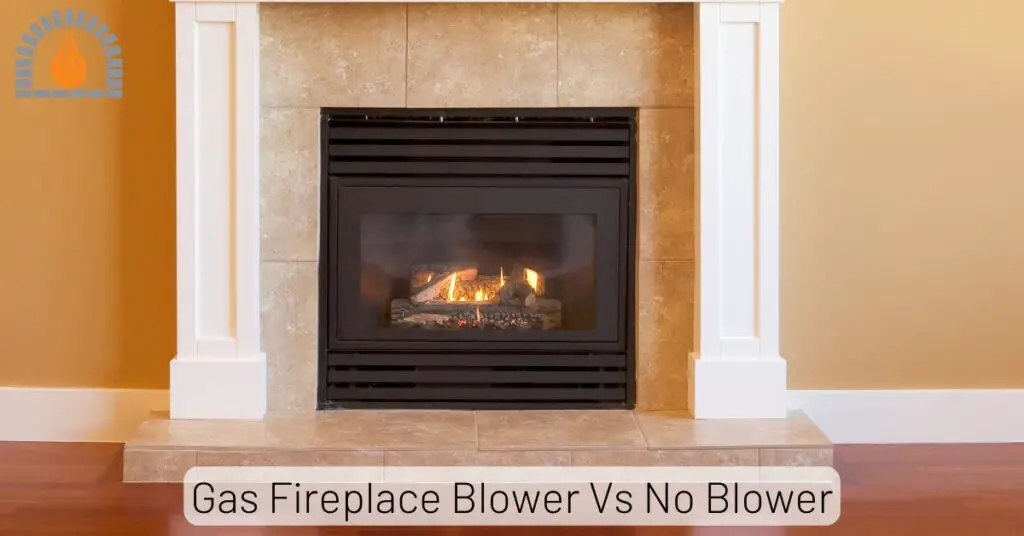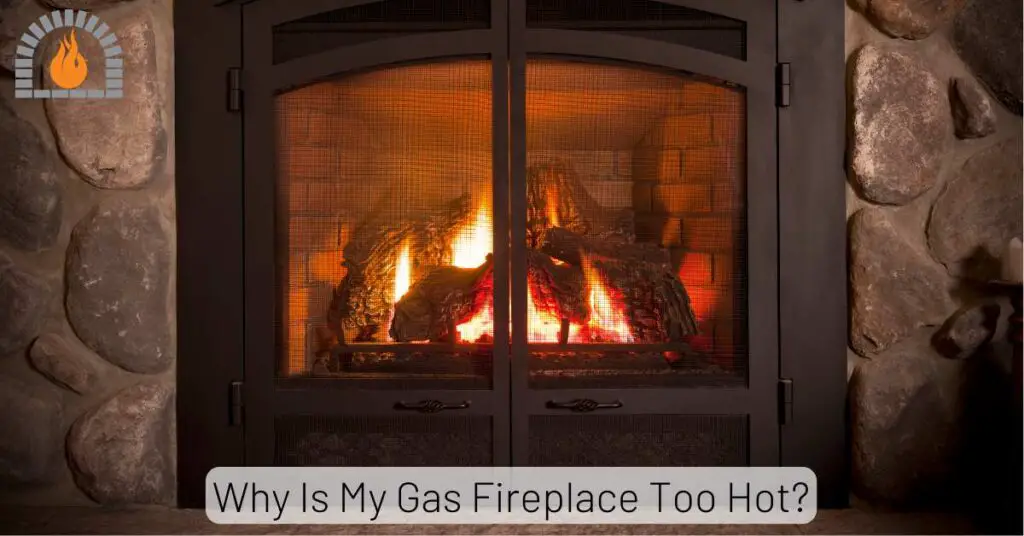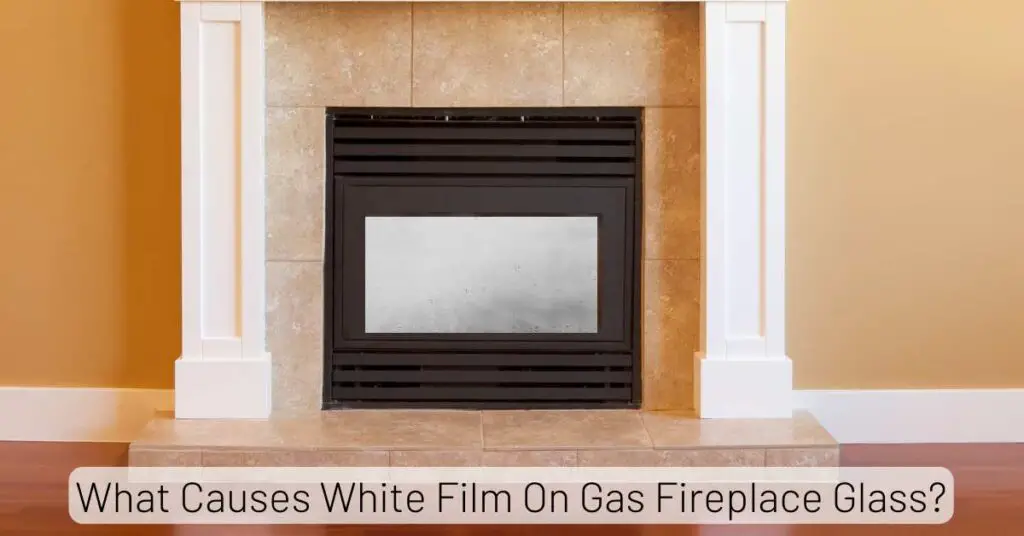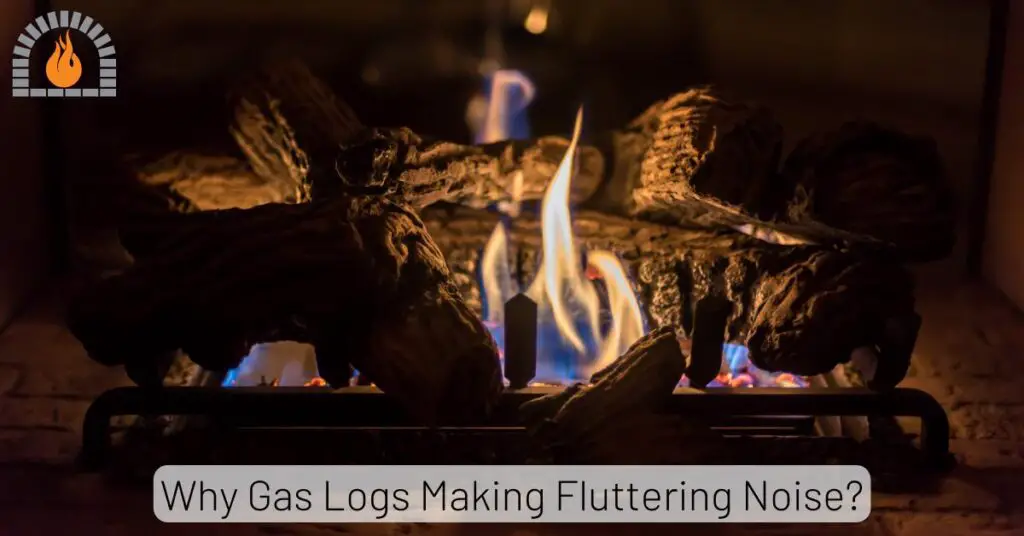In the cozy embrace of a gas fireplace, there’s nothing quite like the warmth and ambiance it brings to a home. However, even the most reliable gas fireplaces can occasionally encounter issues, and when it comes to troubleshooting, one component that deserves special attention is the control valve.
Function of Gas Fireplace Control Valve
The control valve plays a crucial role in regulating gas flow to your fireplace, determining its efficiency and safety.
-
Controls the amount of gas to adjust flame size and intensity.
-
Facilitates starting and stopping of gas flow for ignition.
-
Monitors temperature with features like thermocouples to prevent hazards.
-
Manages the on/off status of a continuous pilot light.
-
Some models can be controlled remotely.
-
Works with a thermostat to maintain a set room temperature.
-
Allows users to customize the height of the flames.
Gas Fireplace Control Valve Troubleshooting
Troubleshooting gas fireplace control valve issues involves identifying common problems, understanding their potential causes, and implementing appropriate fixes. Following are some common issues, their causes, and suggested solutions:
- Pilot Light Won’t Stay Lit:
- Causes:
- Thermocouple or thermopile issues.
- Gas pressure problems.
- Fixes:
- Clean or replace a faulty thermocouple or thermopile.
- Check and adjust gas pressure if needed.
- Causes:
- No Gas Flow to Pilot:
- Causes:
- Gas supply issues.
- Clogged pilot orifice.
- Fixes:
- Verify the gas supply is on and sufficient.
- Clean the pilot orifice to ensure a clear path for gas.
- Causes:
- Difficulty Igniting the Fireplace:
- Causes:
- The pilot light is not reaching the thermocouple.
- Ignition control module malfunction.
- Fixes:
- Adjust the position of the pilot flame to get the thermocouple.
- Replace a malfunctioning ignition control module.
- Causes:
- Weak or Uneven Flame:
- Causes:
- Dirty burner orifice.
- Air shutter misalignment.
- Fixes:
- Clean the burner orifice for proper gas flow.
- Adjust the air shutter to achieve a balanced flame.
- Causes:
- Gas Smell:
- Causes:
- Gas leaks.
- Damaged gas lines.
- Fixes:
- Use a soapy water solution to detect and fix gas leaks.
- Inspect and replace damaged gas lines.
- Causes:
- Control Valve Knob Issues:
- Causes:
- Damaged control valve knob or shaft.
- Misalignment.
- Fixes:
- Replace a damaged knob or shaft.
- Adjust the alignment for smooth operation.
- Causes:
- Ignition Clicks Without Lighting:
- Causes:
- Wet or dirty igniter.
- Faulty ignition control module.
- Fixes:
- Dry and clean the igniter.
- Replace a malfunctioning ignition control module.
- Causes:
- Thermocouple/Thermopile Voltage Issues:
- Causes:
- Weak or no voltage output.
- Poor electrical connections.
- Fixes:
- Replace a weak or faulty thermocouple or thermopile.
- Ensure secure and clean electrical connections.
- Causes:
- Gas Valve Control Issues:
- Causes:
- Wiring problems.
- Valve solenoid failure.
- Fixes:
- Check and repair any faulty wiring.
- Replace the gas valve if the solenoid is malfunctioning.
- Causes:
- Gas Fireplace Shuts Off Randomly:
- Causes:
- Overheating.
- Faulty safety sensor.
- Fixes:
- Ensure proper ventilation and clearance.
- Replace a defective safety sensor.
- Causes:
Related Post: Gas Fireplace Installation Cost
DIY Troubleshooting vs. Professional Assistance
DIY Troubleshooting:
Advantages:
- DIY troubleshooting can save you money on service fees, especially for minor issues you can address yourself.
- You can often address simple problems promptly, avoiding delays associated with scheduling professional appointments.
- DIY troubleshooting provides an opportunity to learn about your gas fireplace components and their maintenance, fostering a better understanding of your appliance.
Common DIY Tasks:
- Clearing debris, dust, and soot from burners, pilot assemblies, and orifices.
- Verifying that the gas supply is on and at the correct pressure.
- Ensuring the pilot light is lit and adjusting its flame.
- Swapping out these components if worn or faulty.
Professional Assistance:
Advantages:
- Gas appliances pose inherent safety risks. Professionals are trained to handle gas-related issues safely, minimizing the risk of accidents.
- Professional technicians have the expertise to diagnose and fix more complex problems that may be beyond the scope of DIY efforts.
- Gas appliances must adhere to safety codes and regulations. Professionals ensure that repairs and installations meet these standards.
Common Professional Tasks:
- Professionals have the tools to detect and address gas leaks safely.
- Handling issues with ignition systems and electronic components.
- If the control valve itself is faulty, a professional may be needed to replace it.
- Regular professional inspections ensure your gas fireplace’s overall safety and efficiency.
When to DIY and When to Seek Professional Assistance:
- DIY troubleshooting suits routine maintenance tasks, such as cleaning and minor adjustments.
- If you suspect a gas leak or strong gas smell or encounter any situation that poses a safety risk, turn off the gas supply immediately and seek professional help.
- If your troubleshooting efforts don’t resolve the problem, or if the issue involves electrical components or complex gas valve repairs, it’s best to call a professional.
- If your gas fireplace is under warranty, attempting DIY repairs may void the warranty. Check the manufacturer’s guidelines and consider professional assistance when covered.
Related Post: Gas Fireplace Shuts Off After 30 Minutes
Affiliate Disclosure: Fireplaceadviser.com is a participant in the Amazon Services LLC Associates Program. We may earn a commission when you click on certain links on this site and purchase.

Hello!! I am Jamal Khan. I often fix my home electric heaters and gas stove problems and research the common issues in the heating units to improve my knowledge and expertise. The aim of establishing fireplaceadviser.com is to share my expertise and knowledge with my audience.









